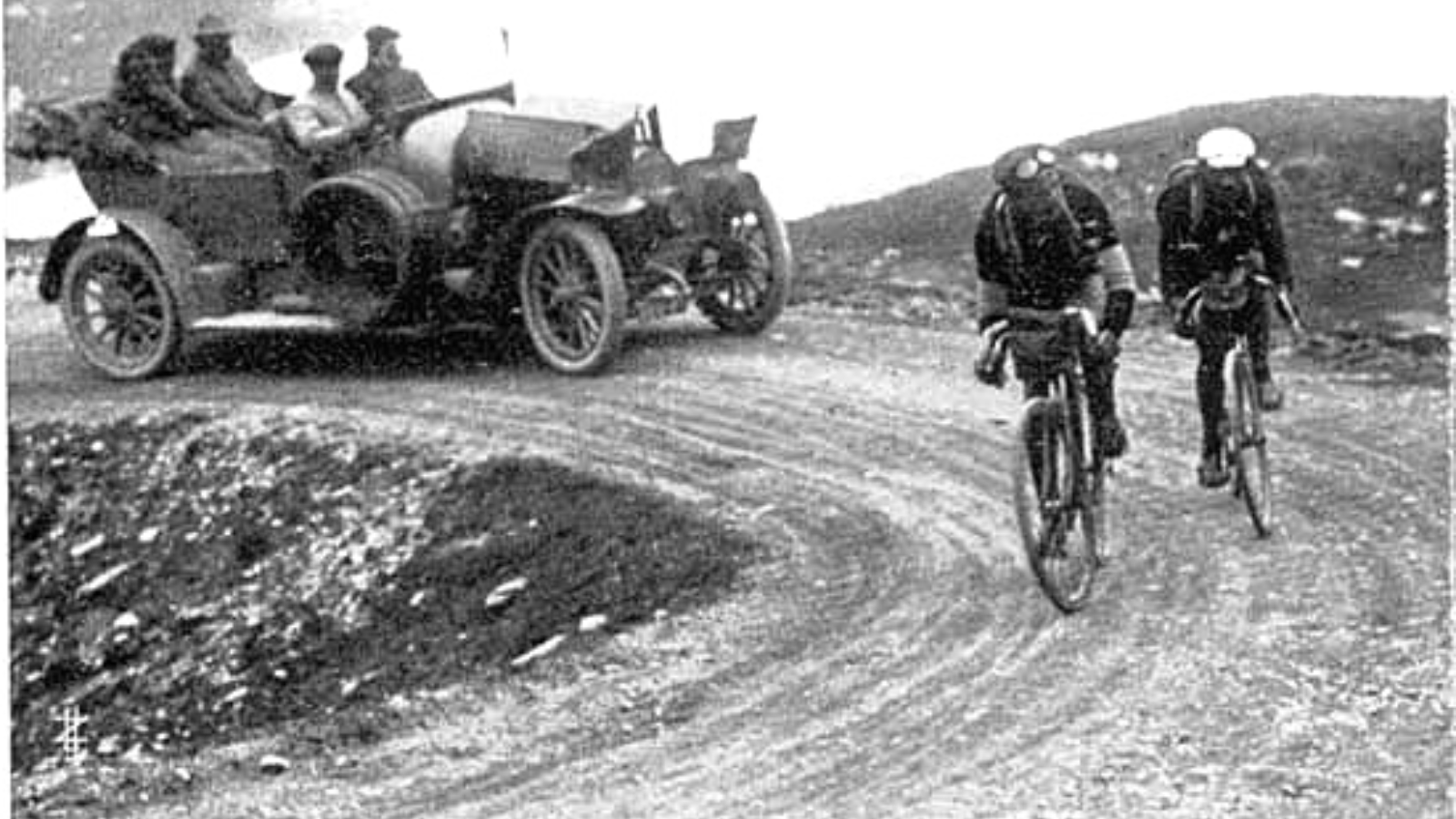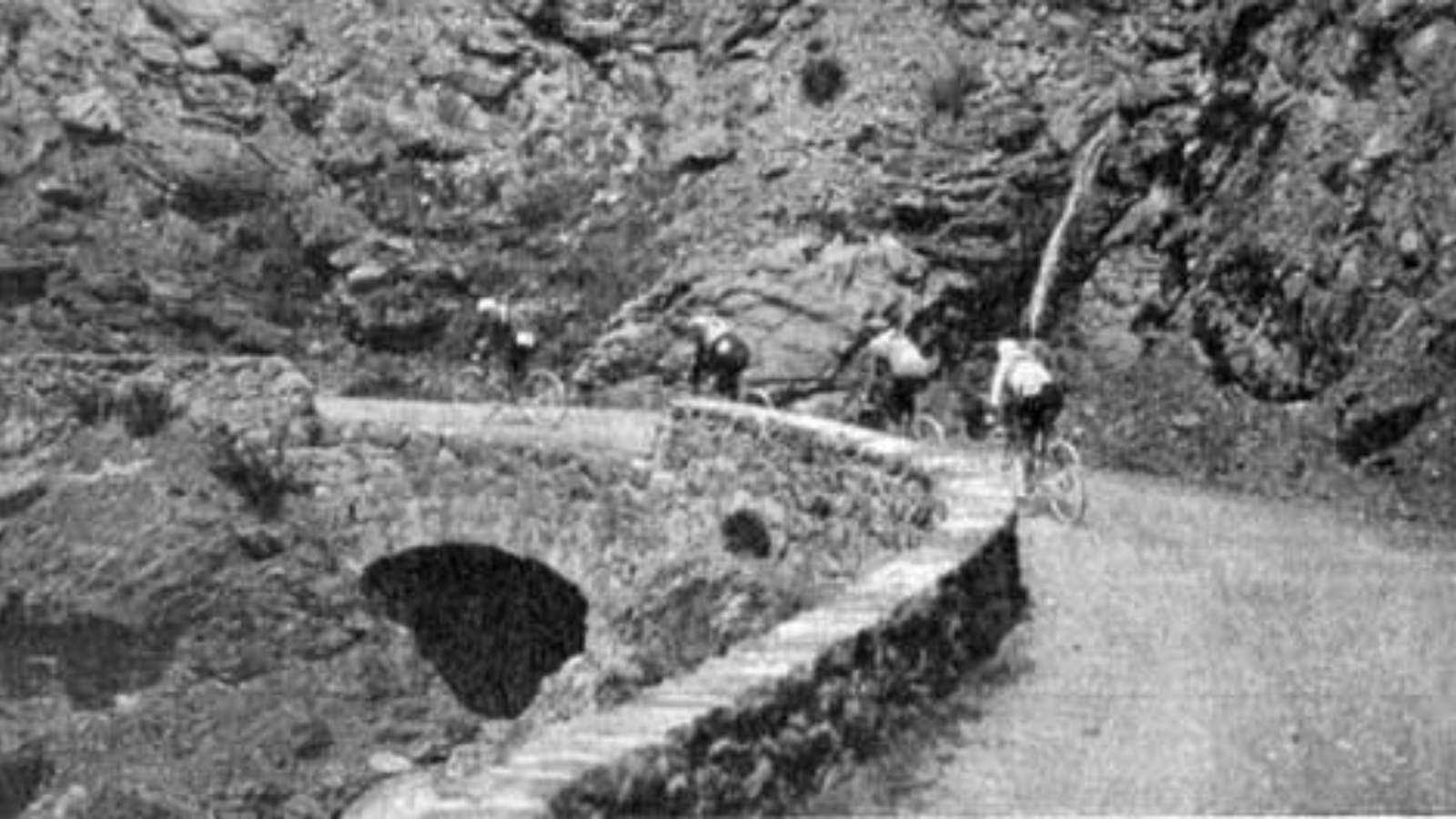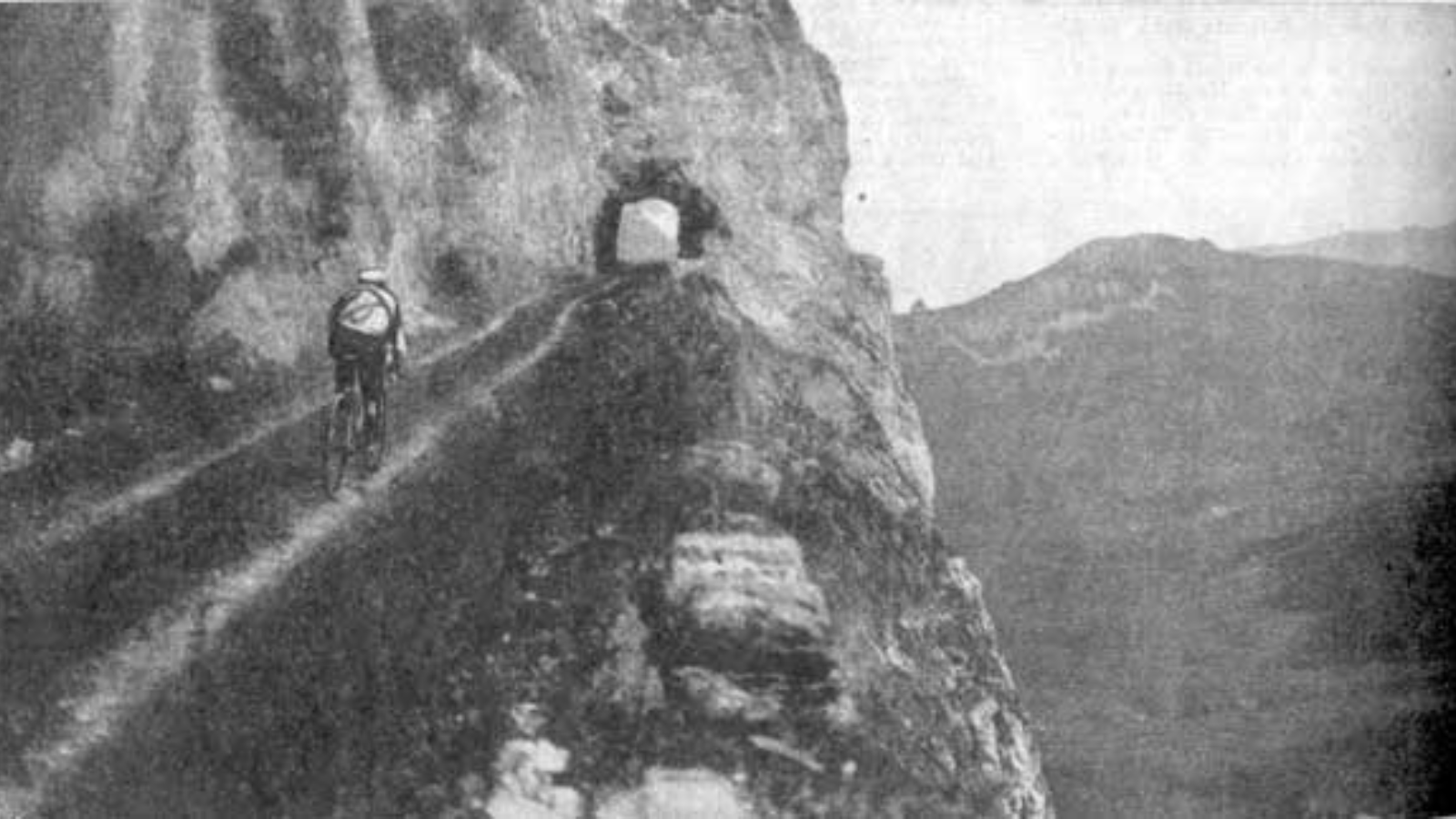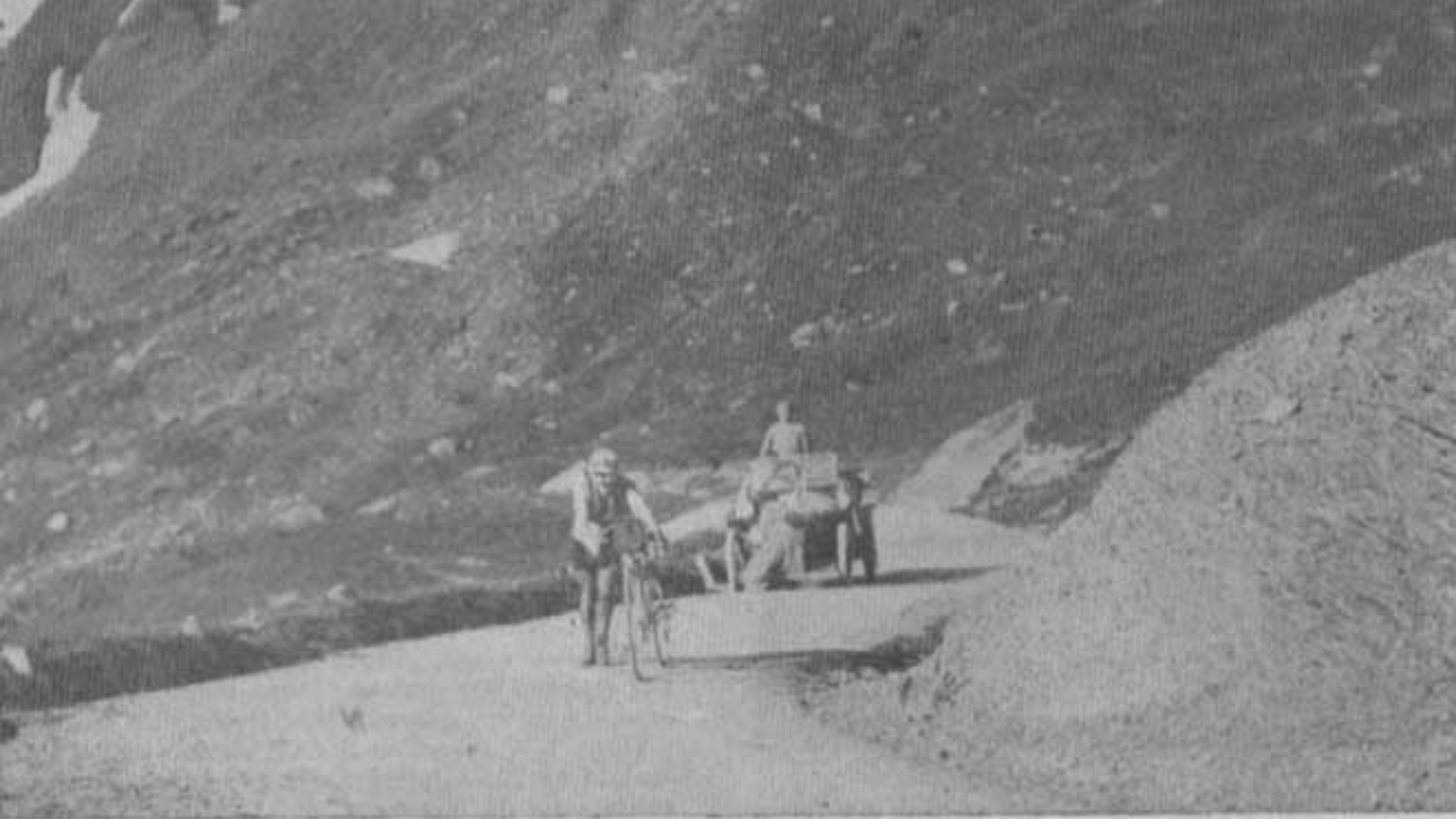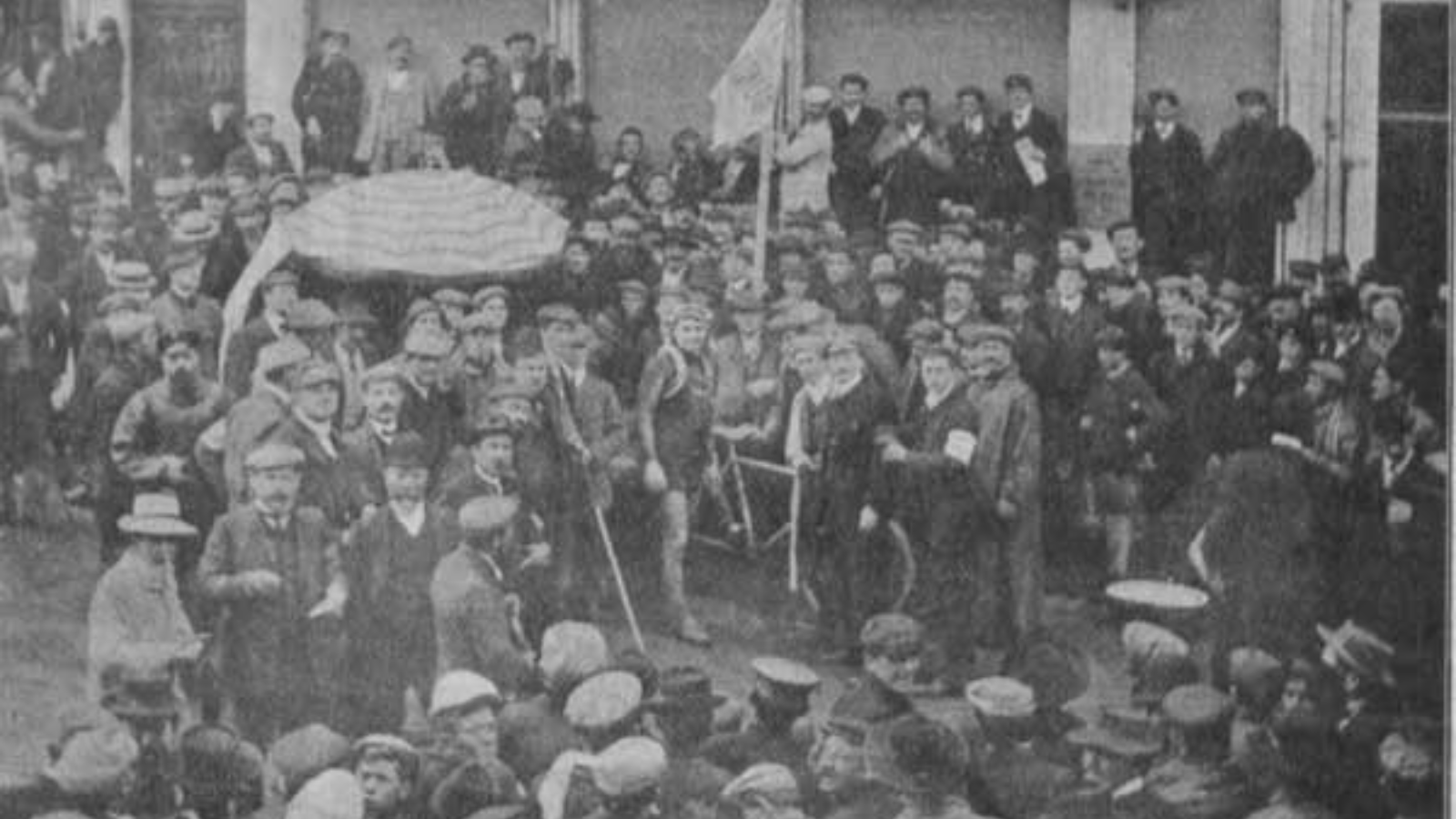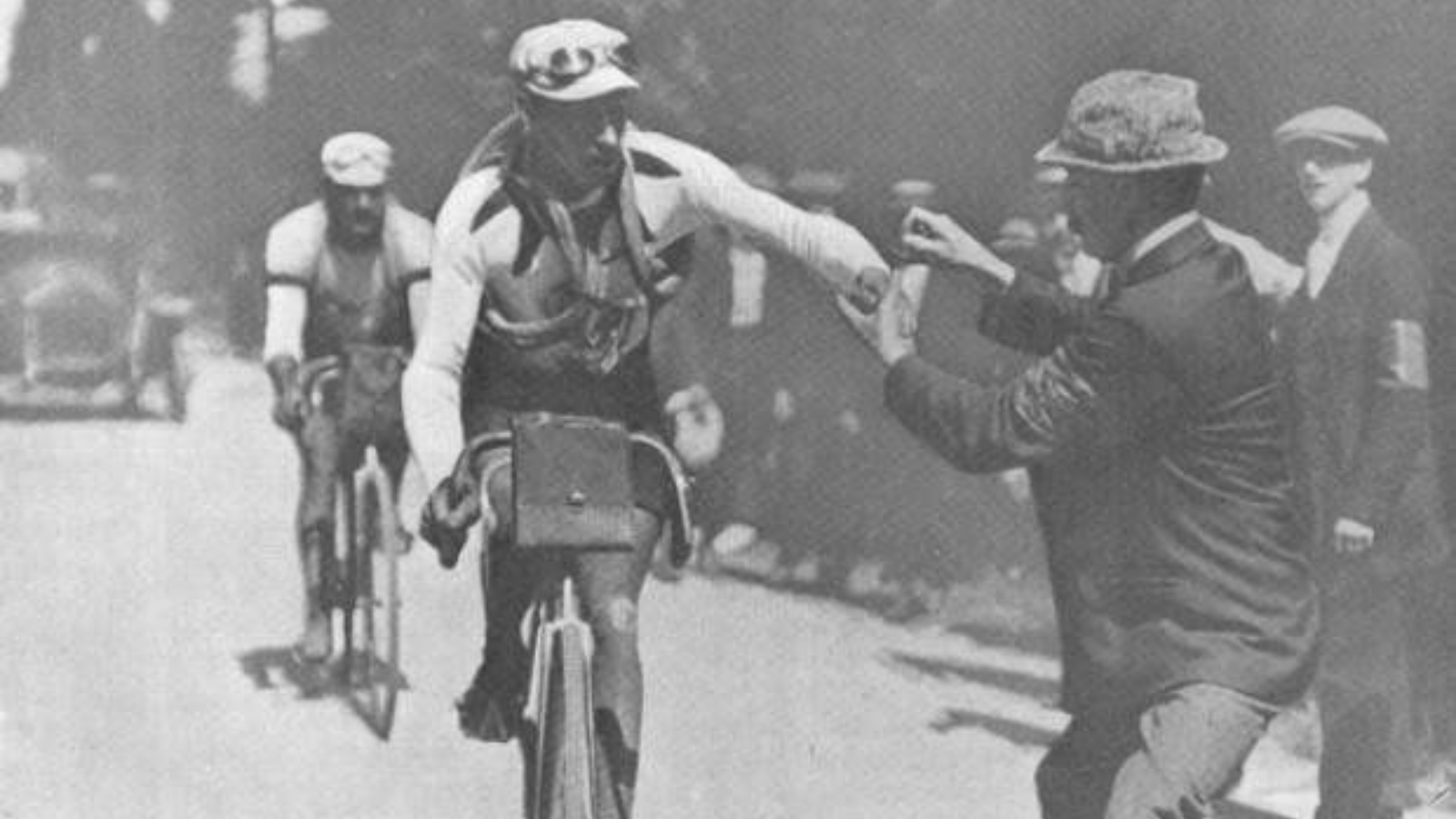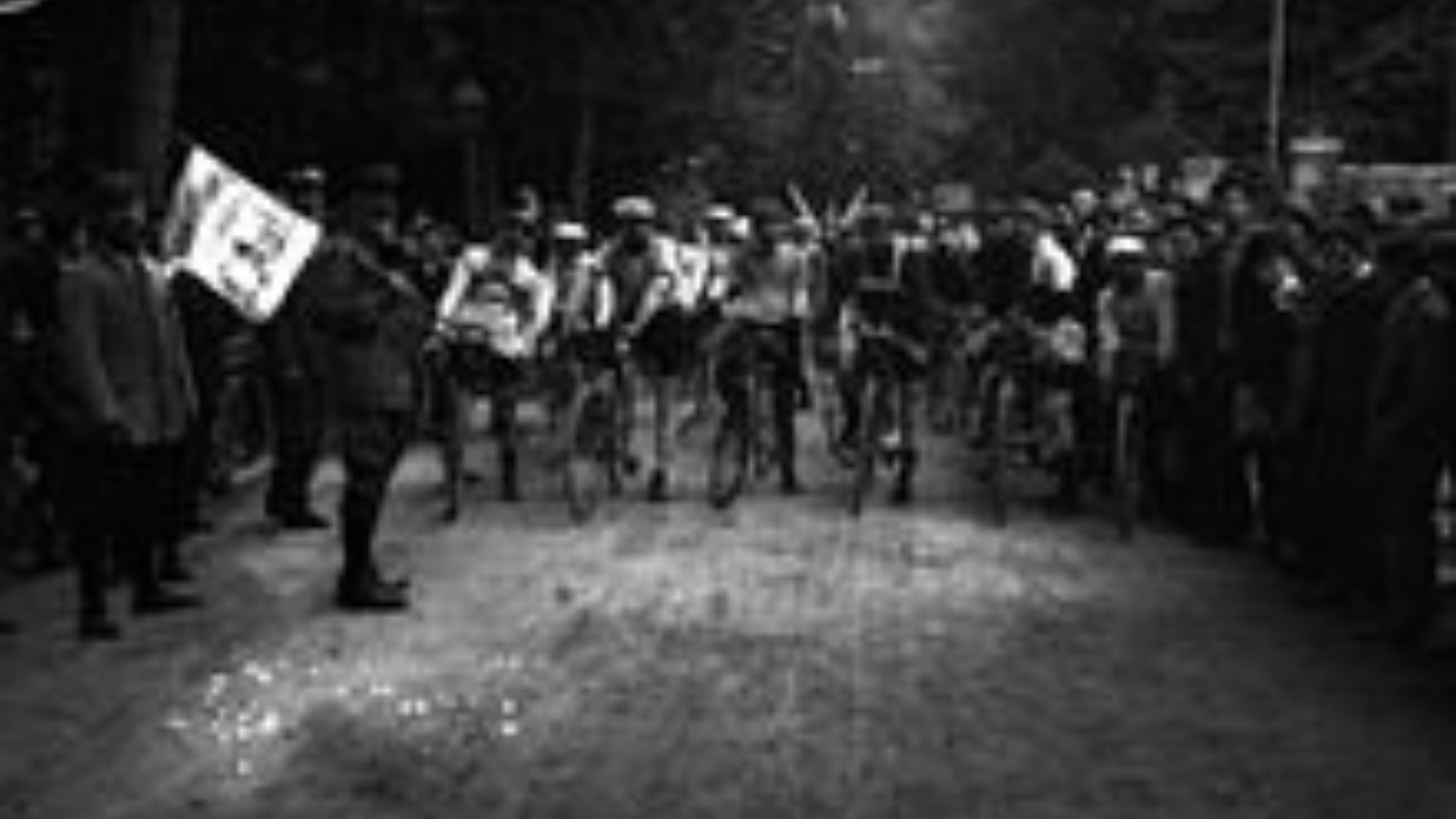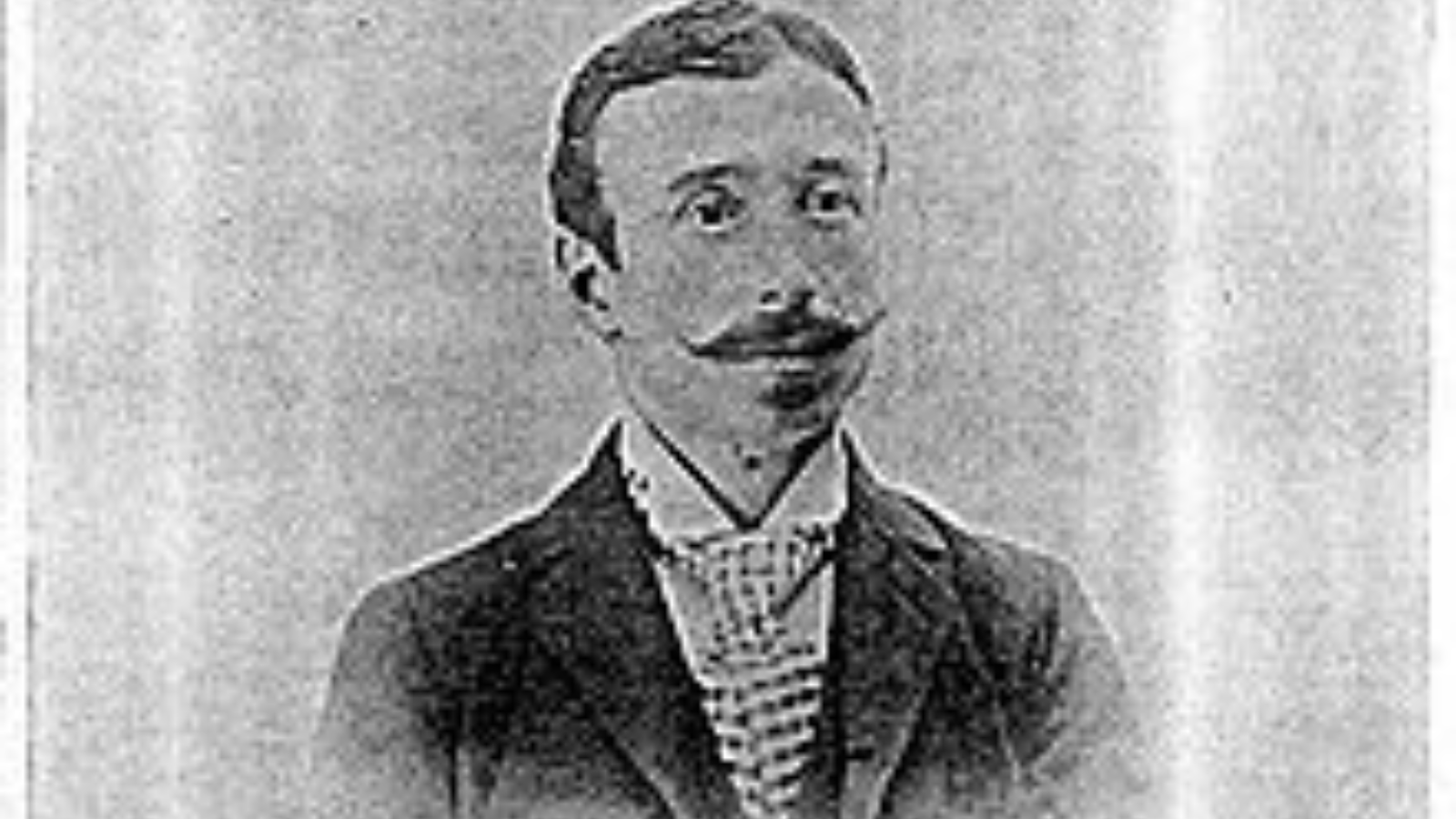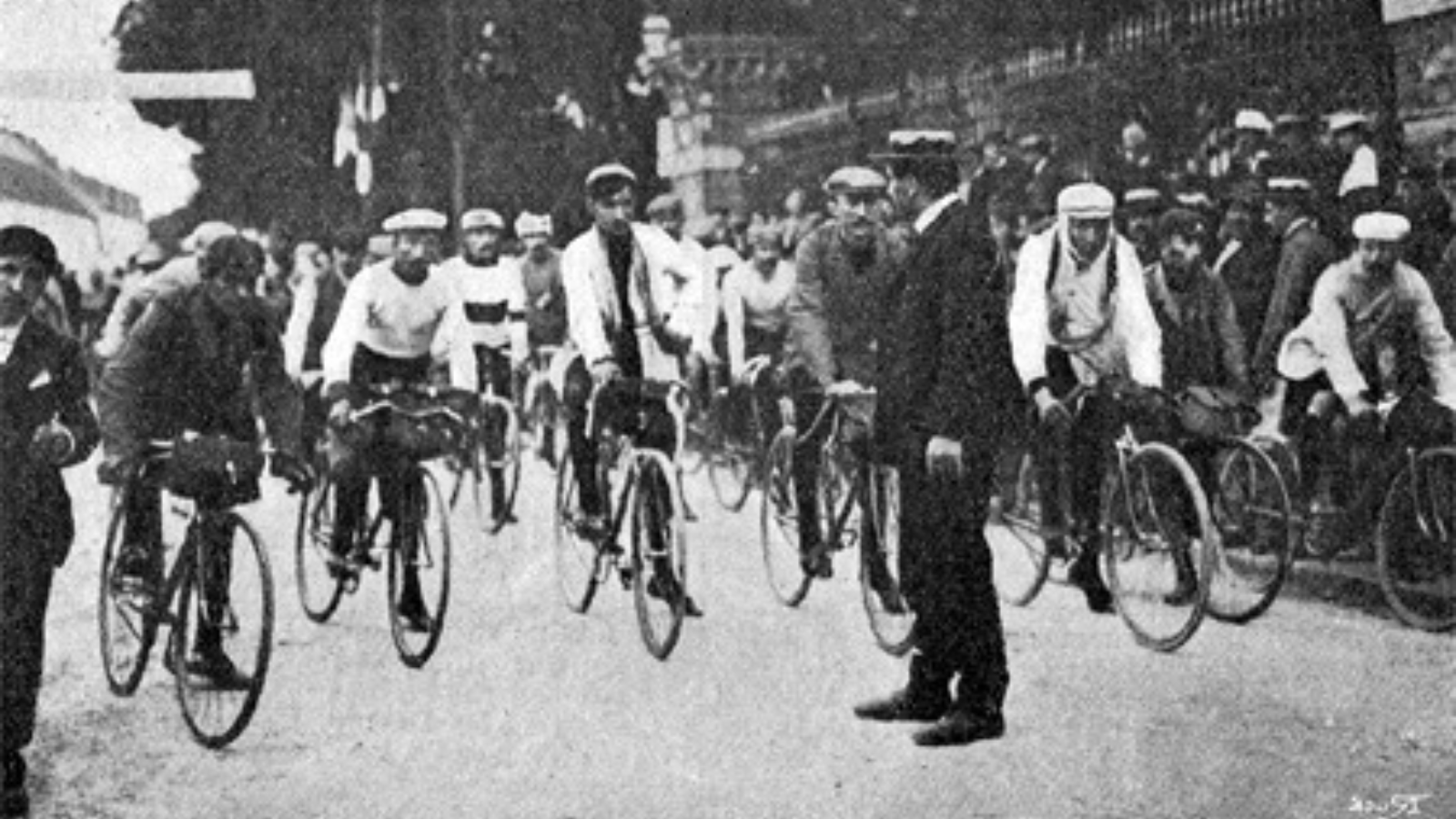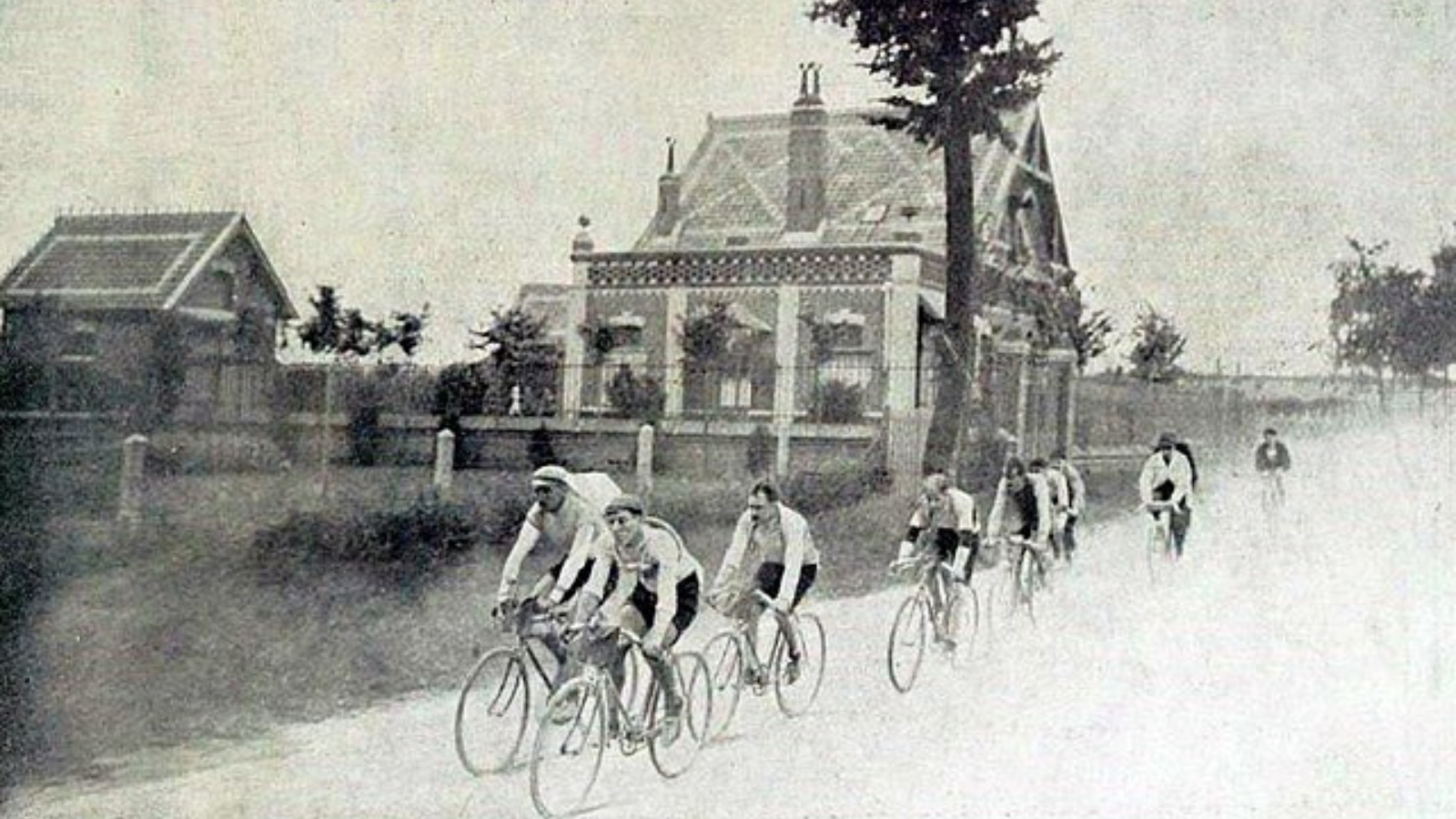5 facts about Tour de France 1913
1913 was the first times, when the route of the race went anti-clockwise. Six former Tour de France winner started the race (Louis Trousselier, Lucien Petit-Breton, François Faber, Octave Lapize, Gustave Garrigou and Odile Defraye), which is still a record.(Please note, that 3 of them, Petit-Breton, Faber and Lapize would not survive the 1st world … Read more
